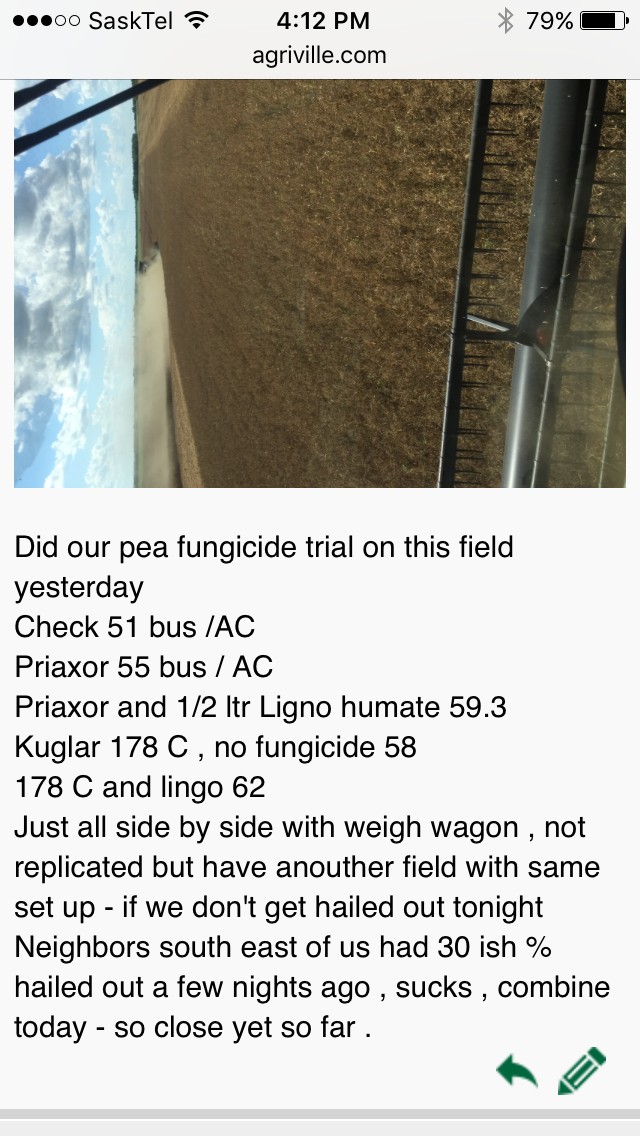Originally posted by tweety
View Post
Also some coffee shop reports of huge bin busting yields and side by sides verified by yield monitors.

Comment